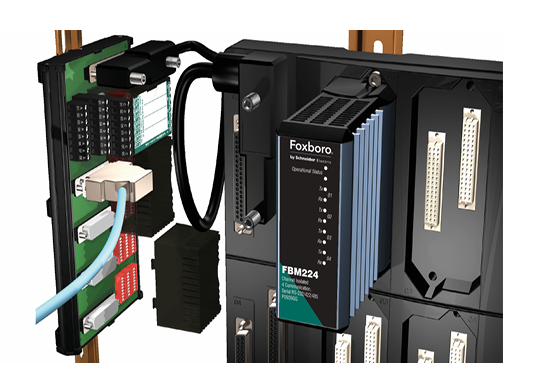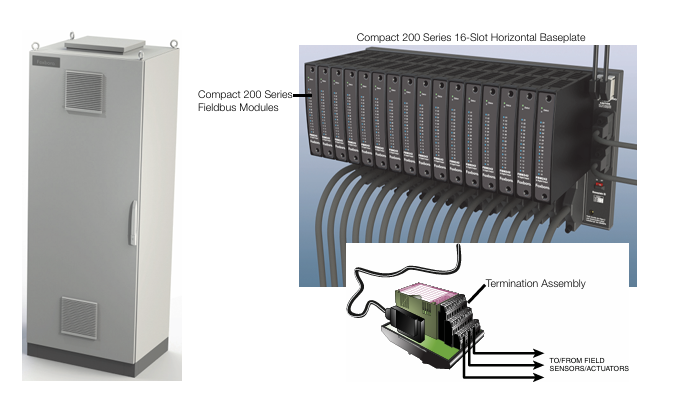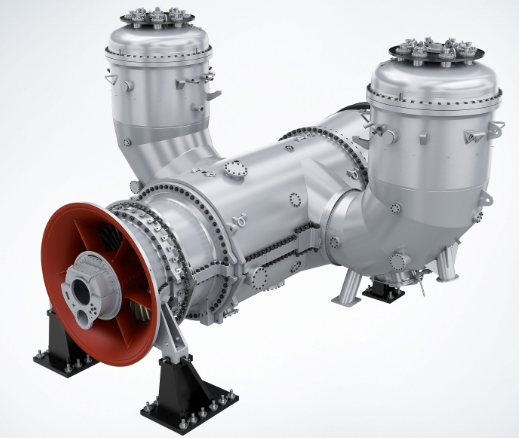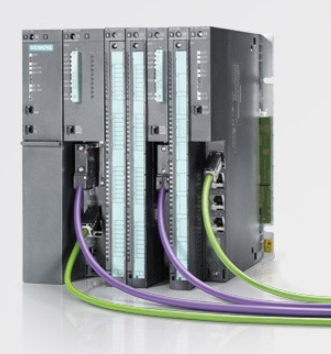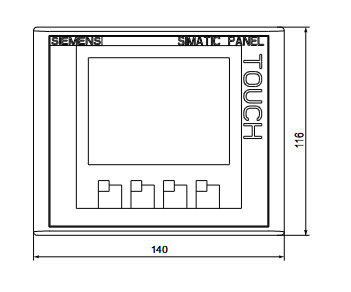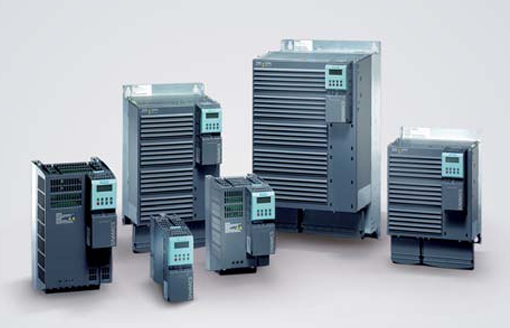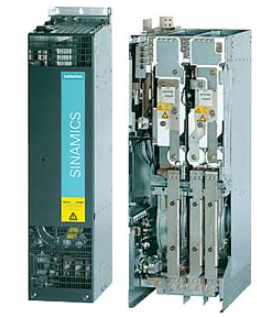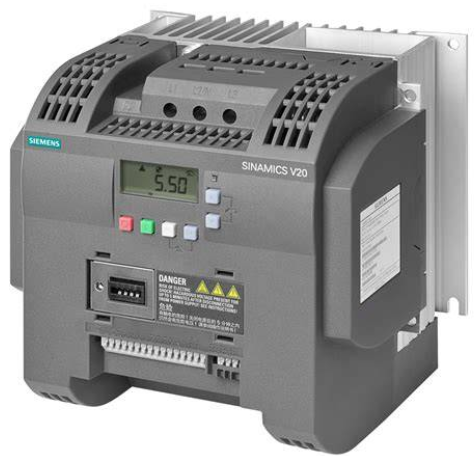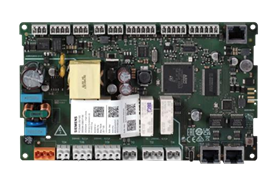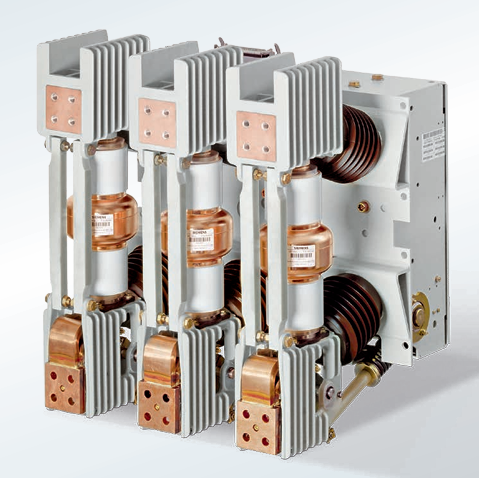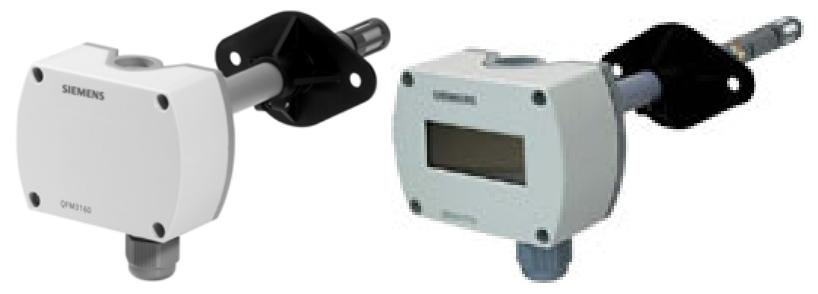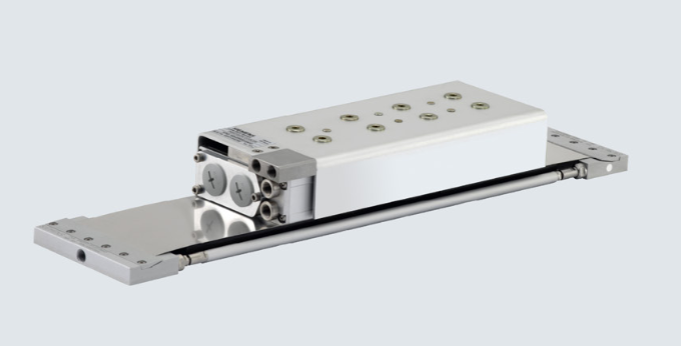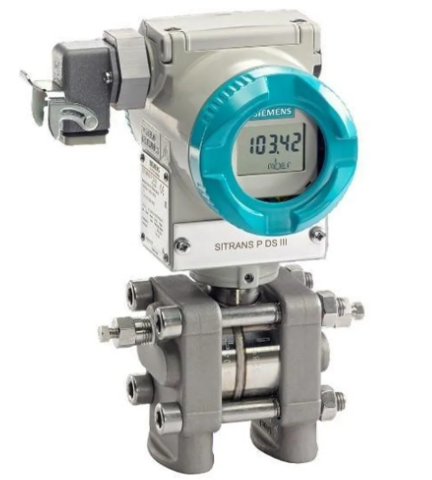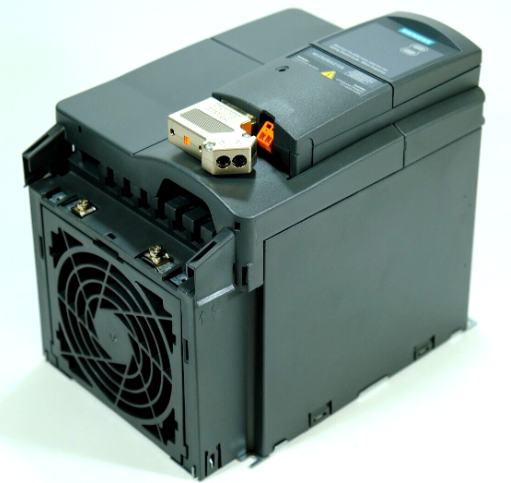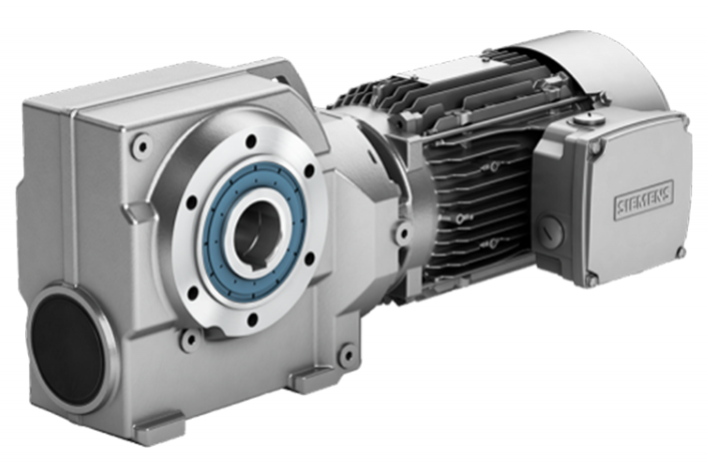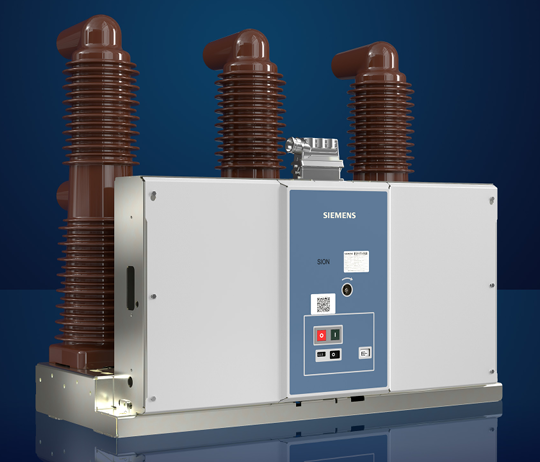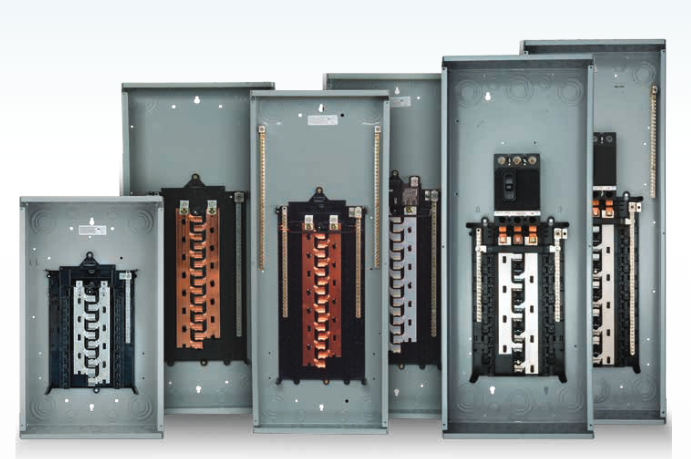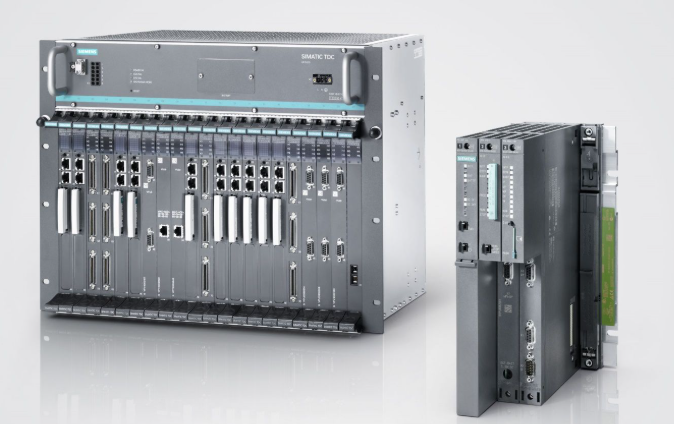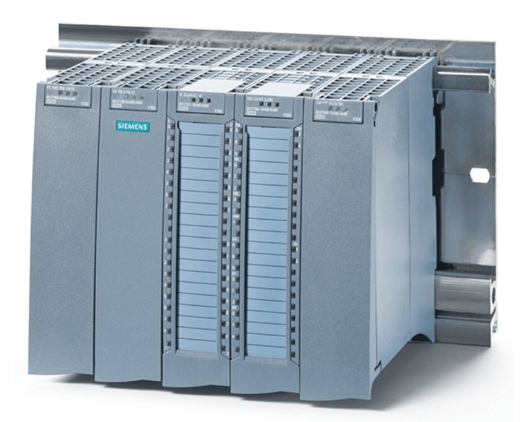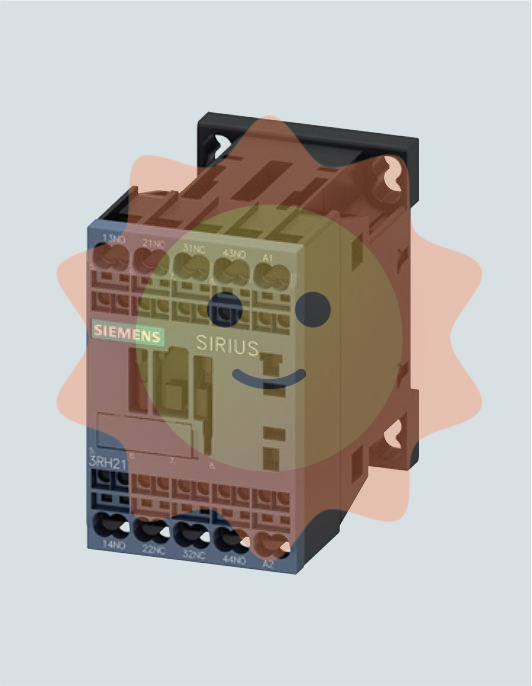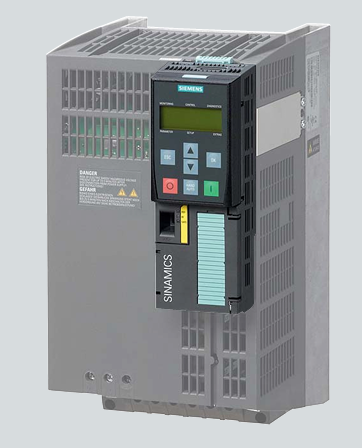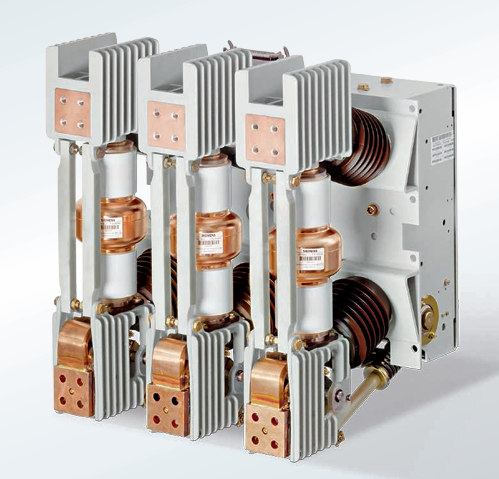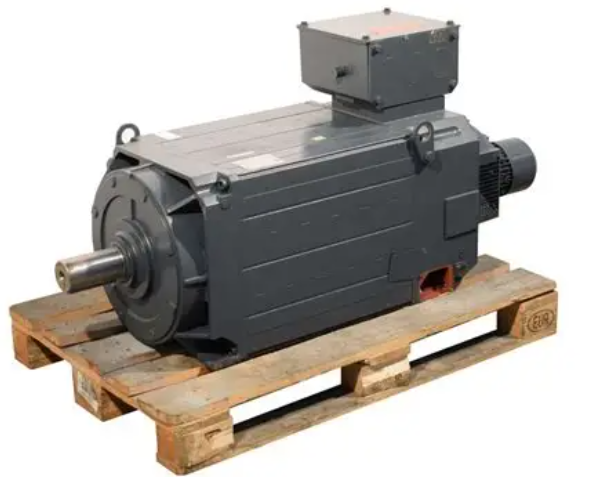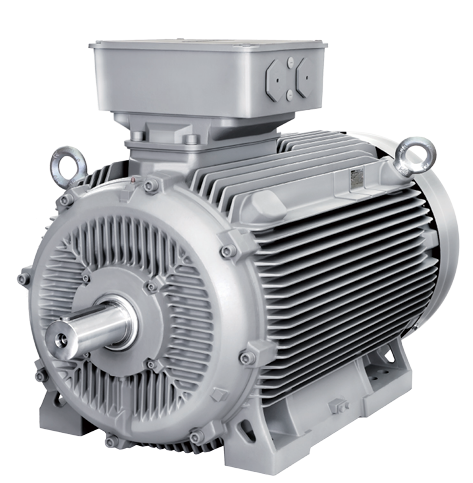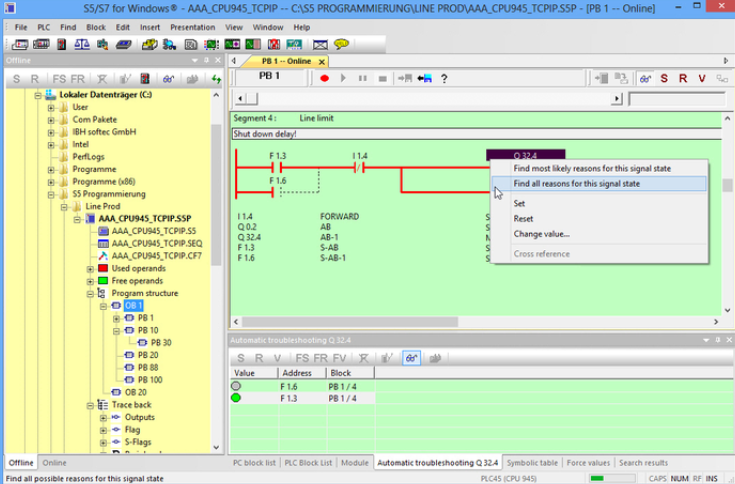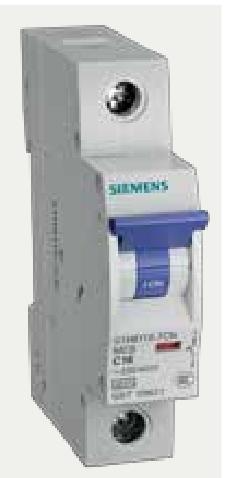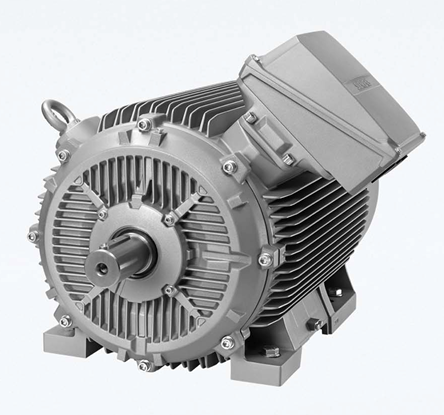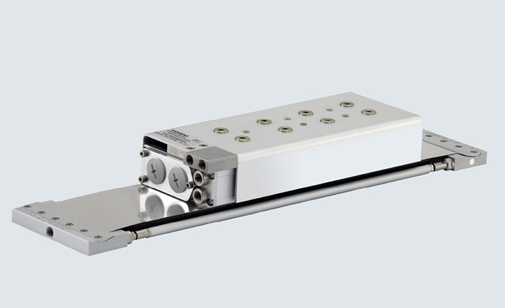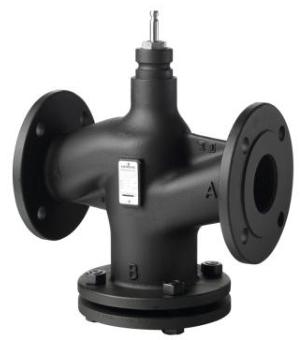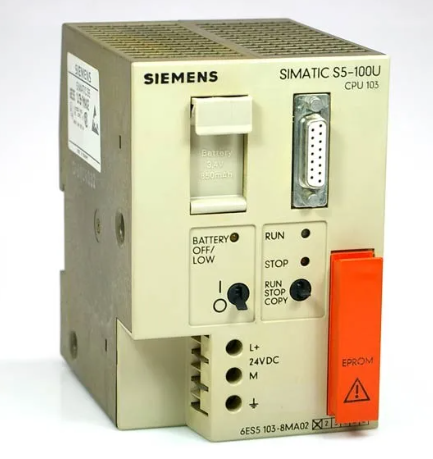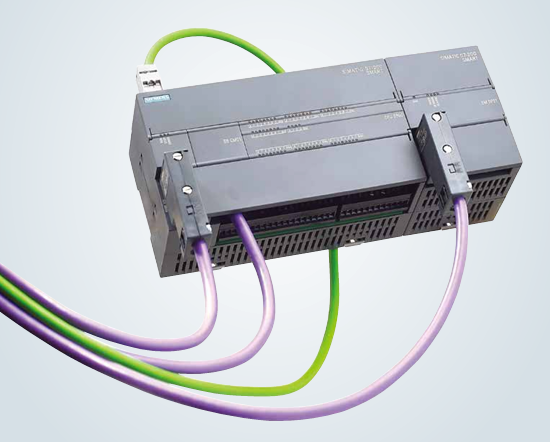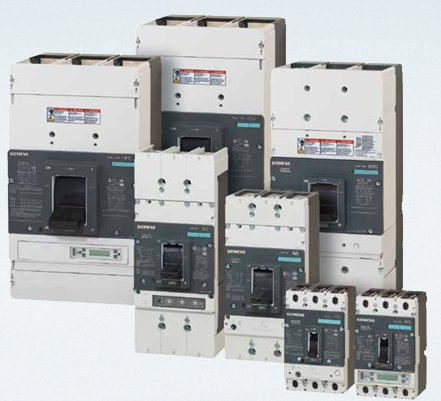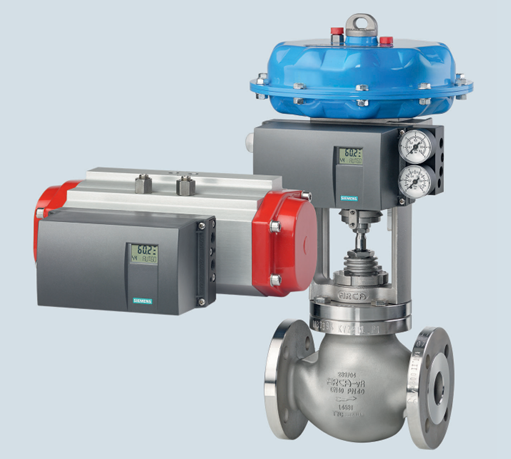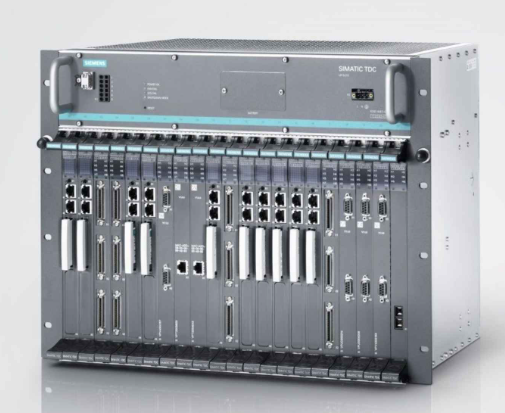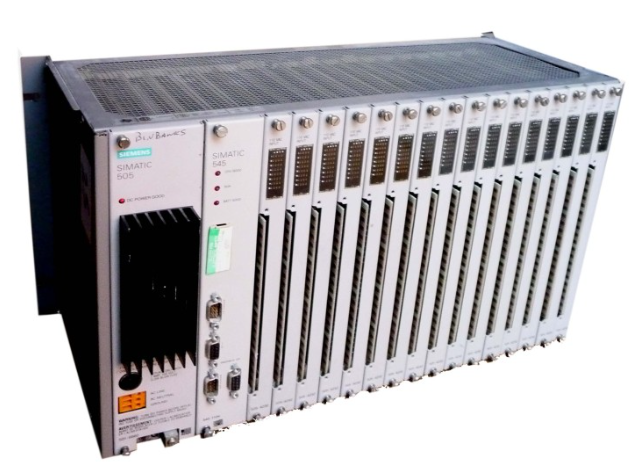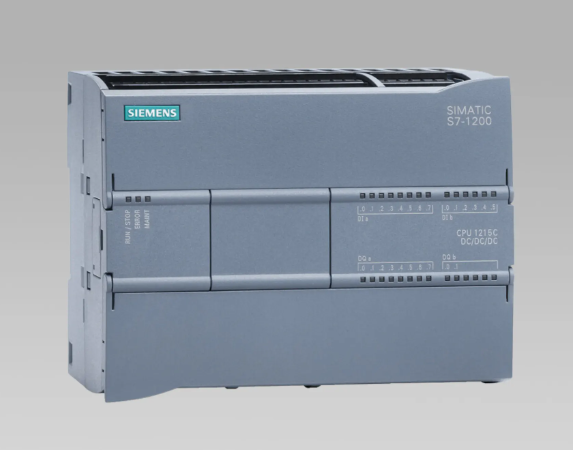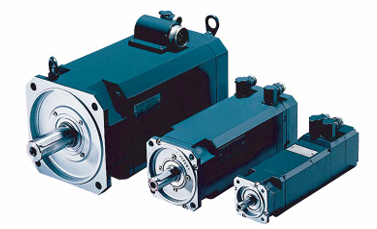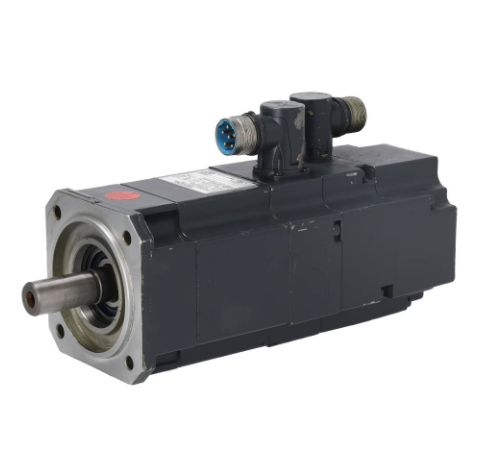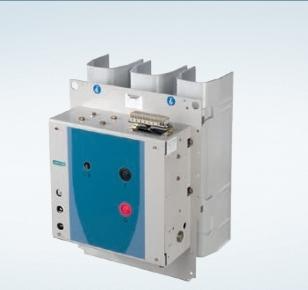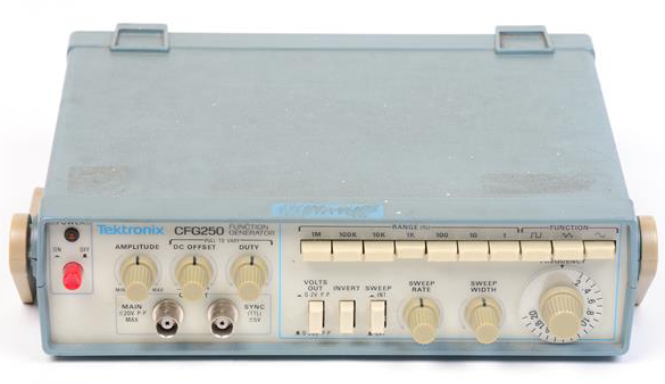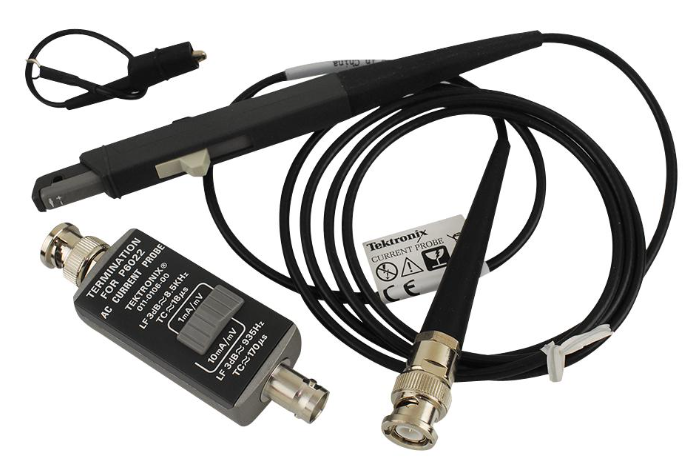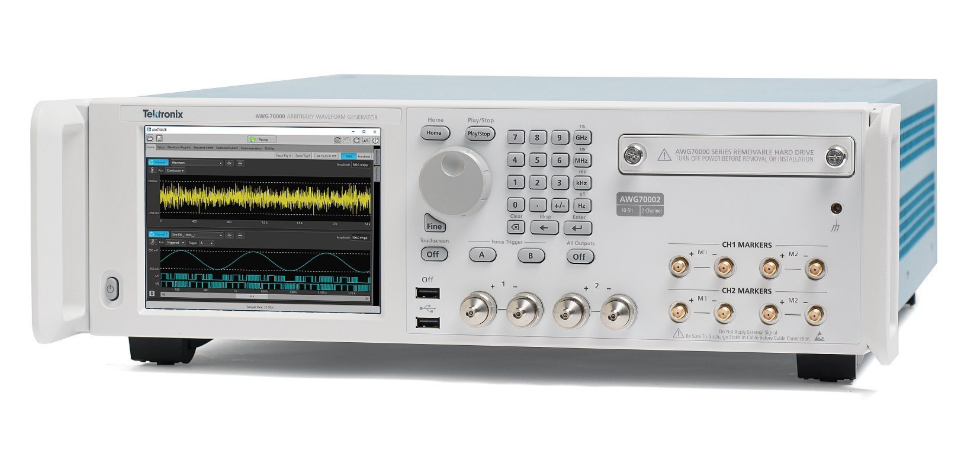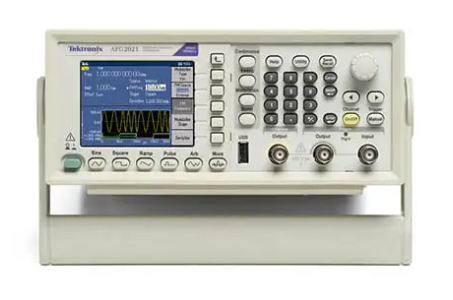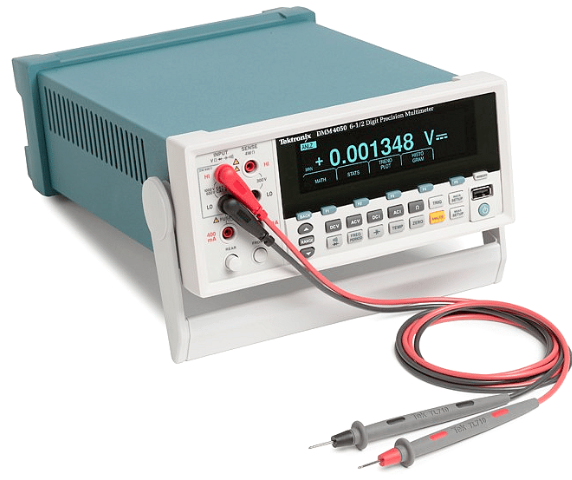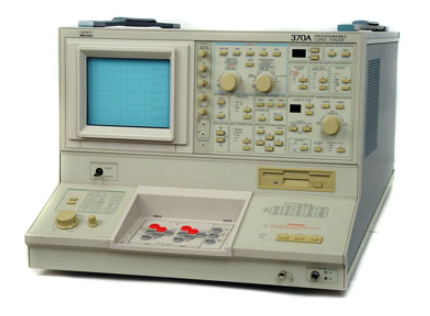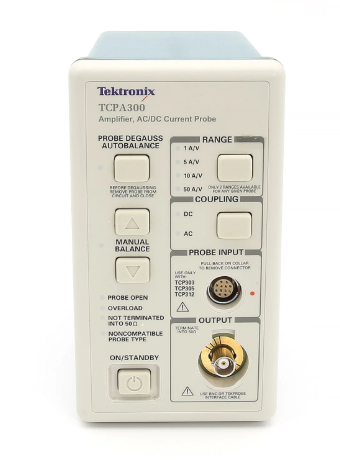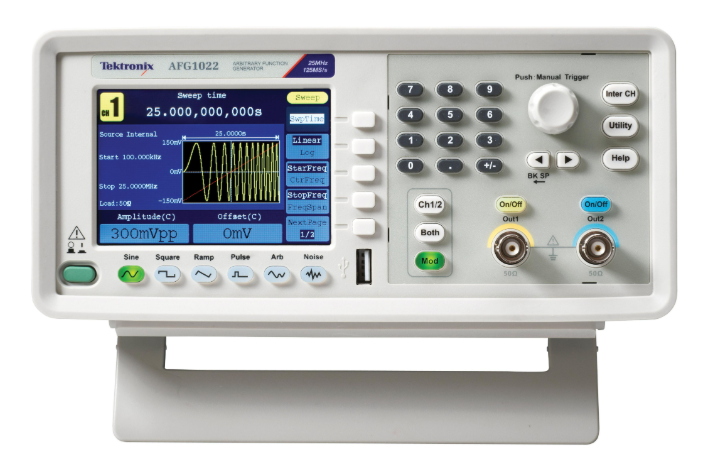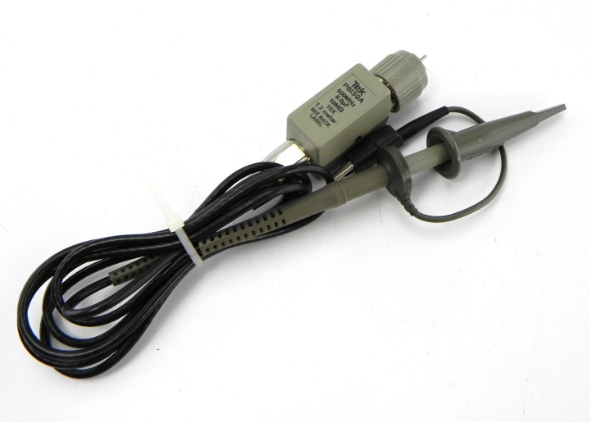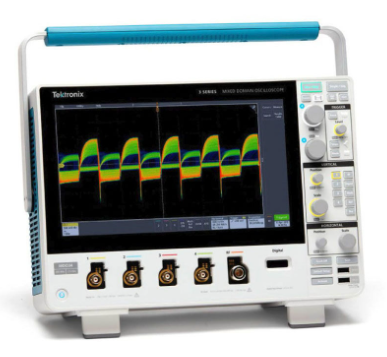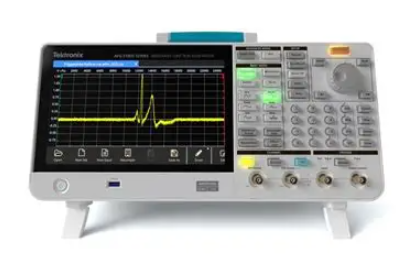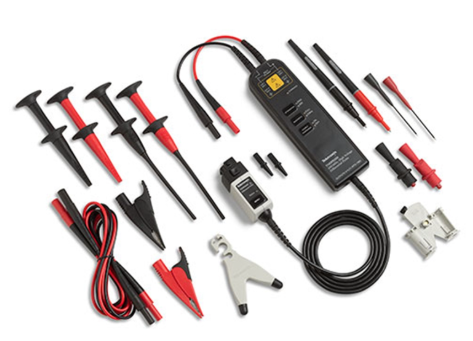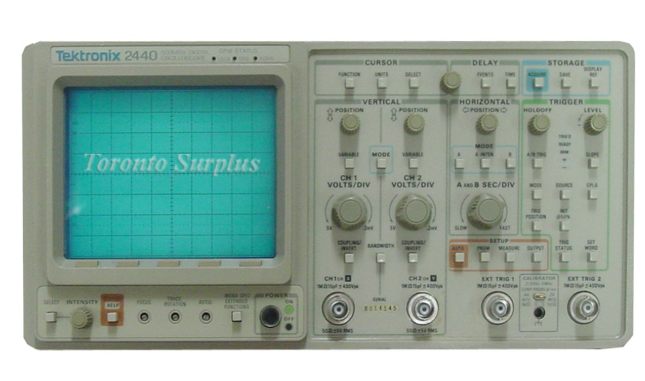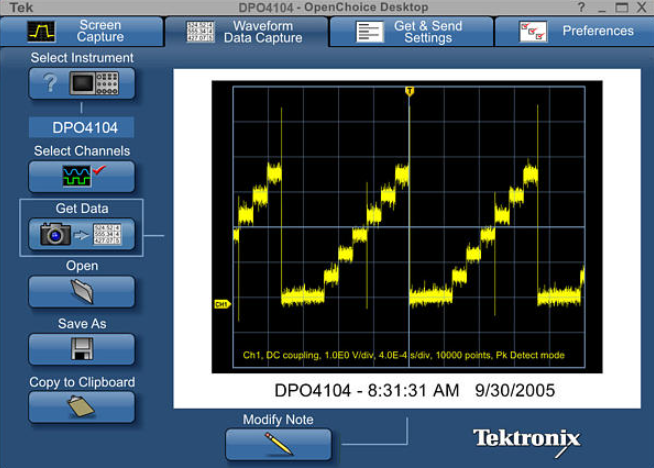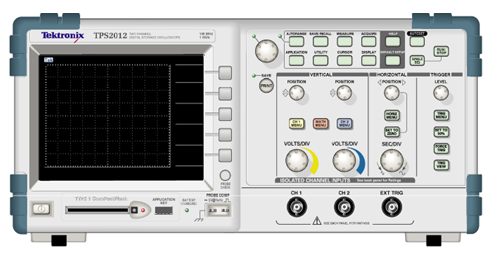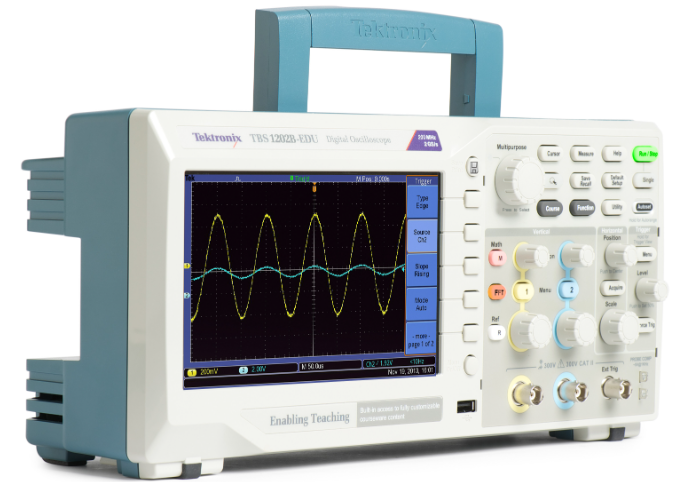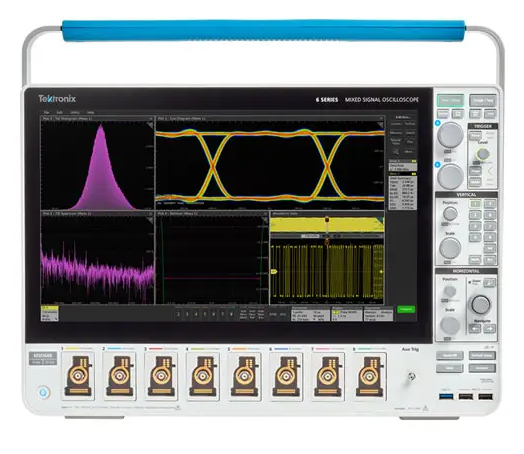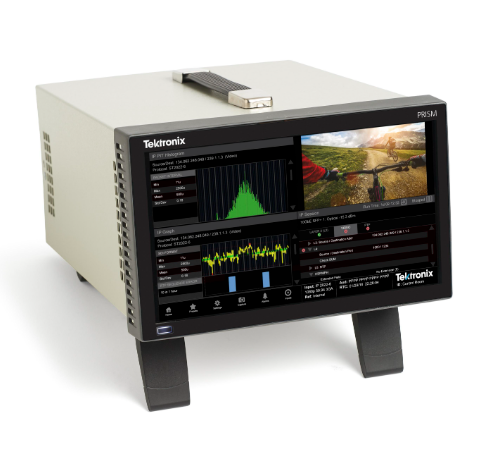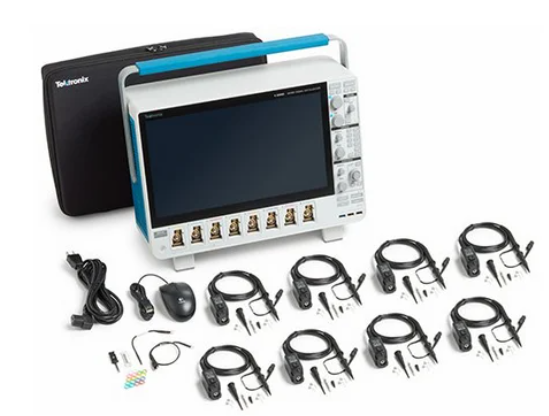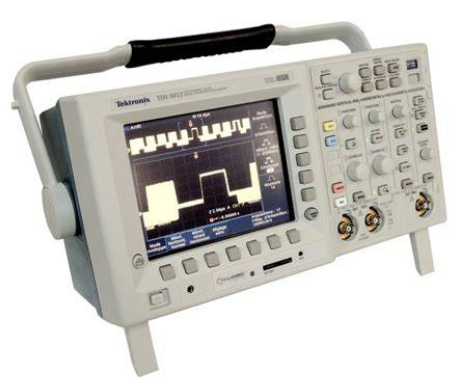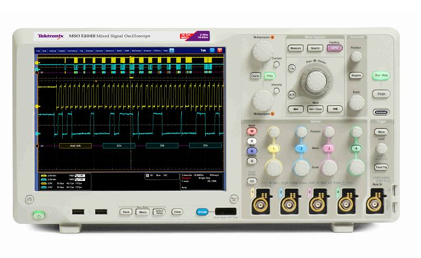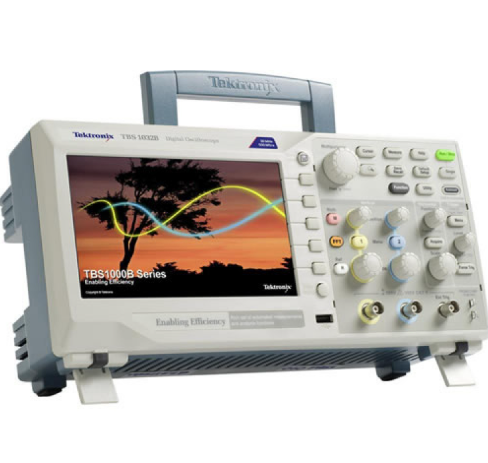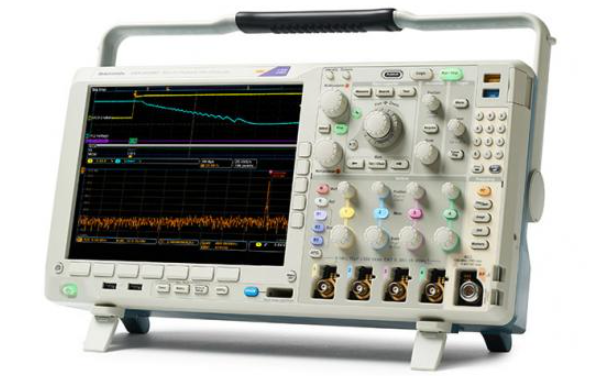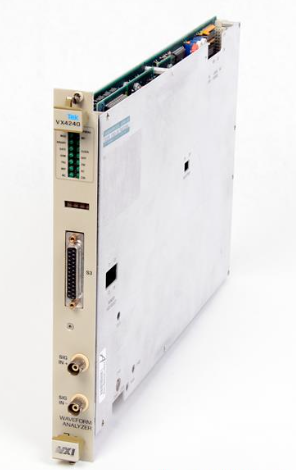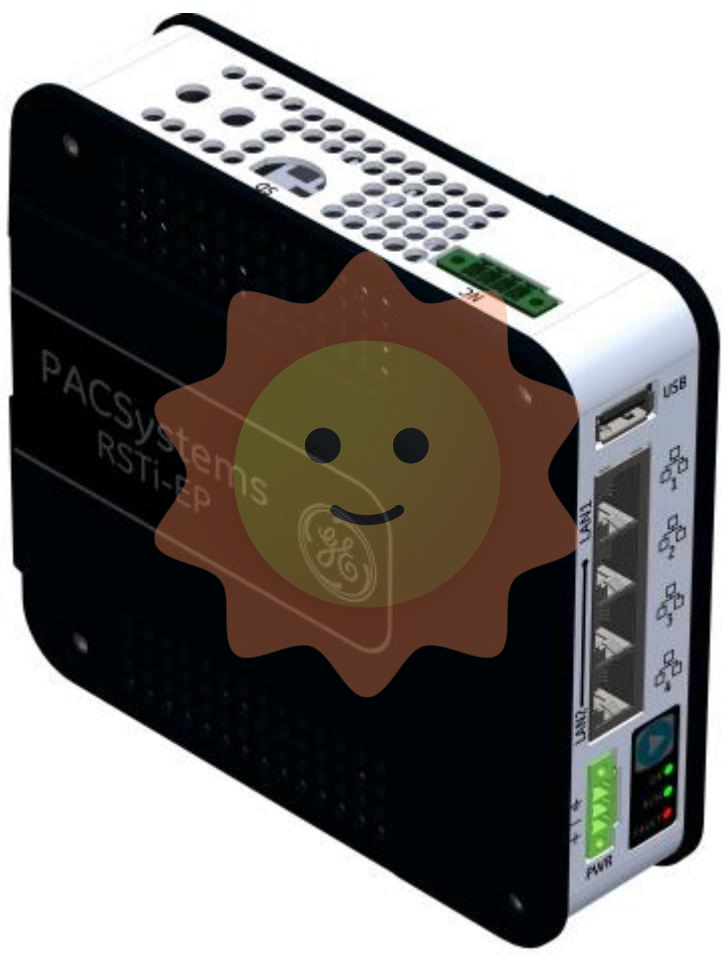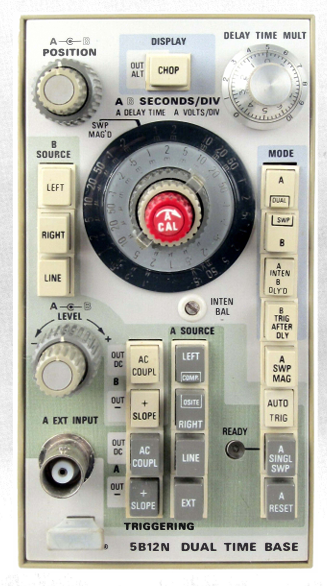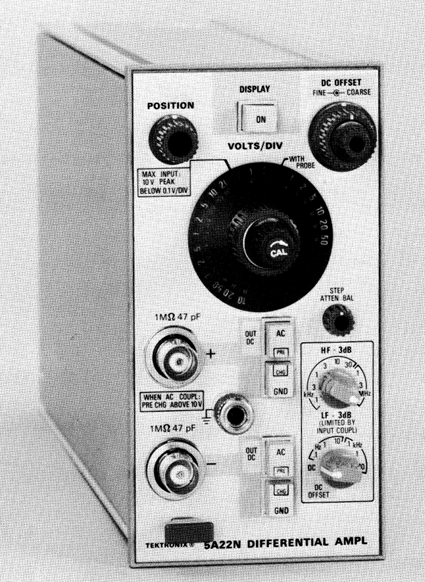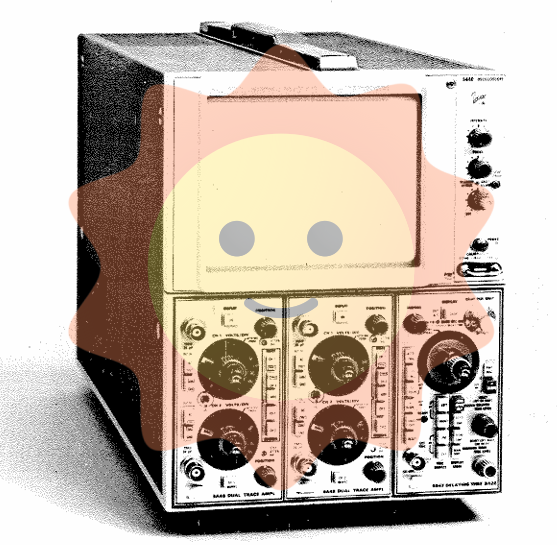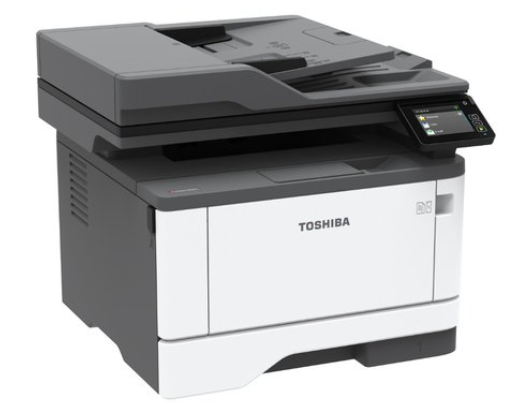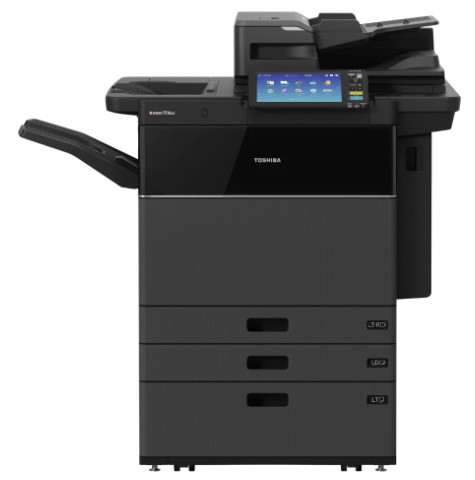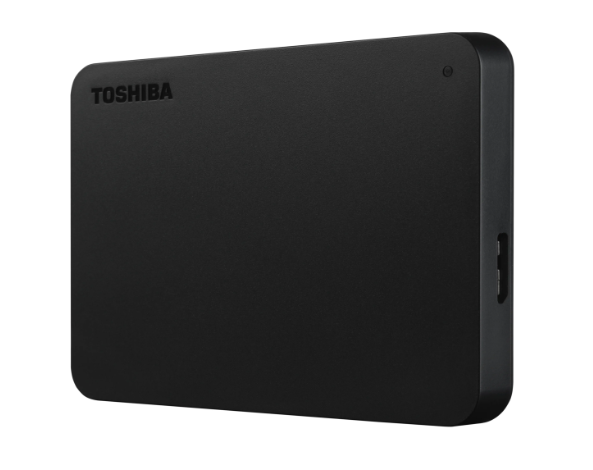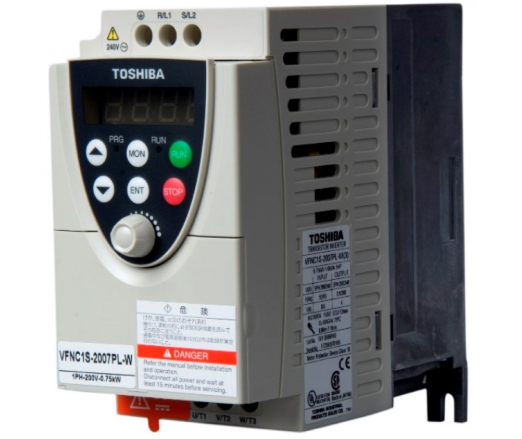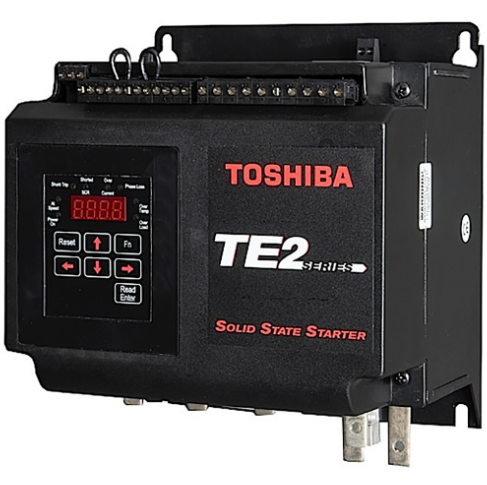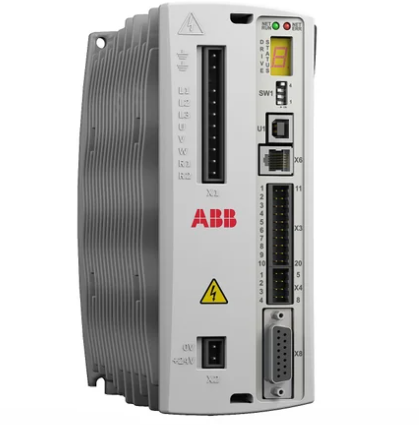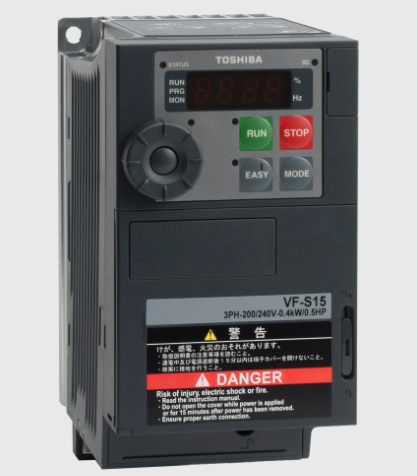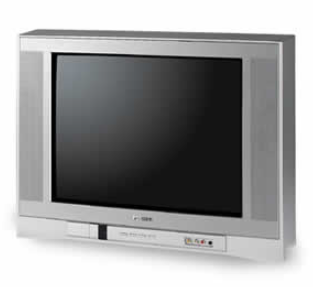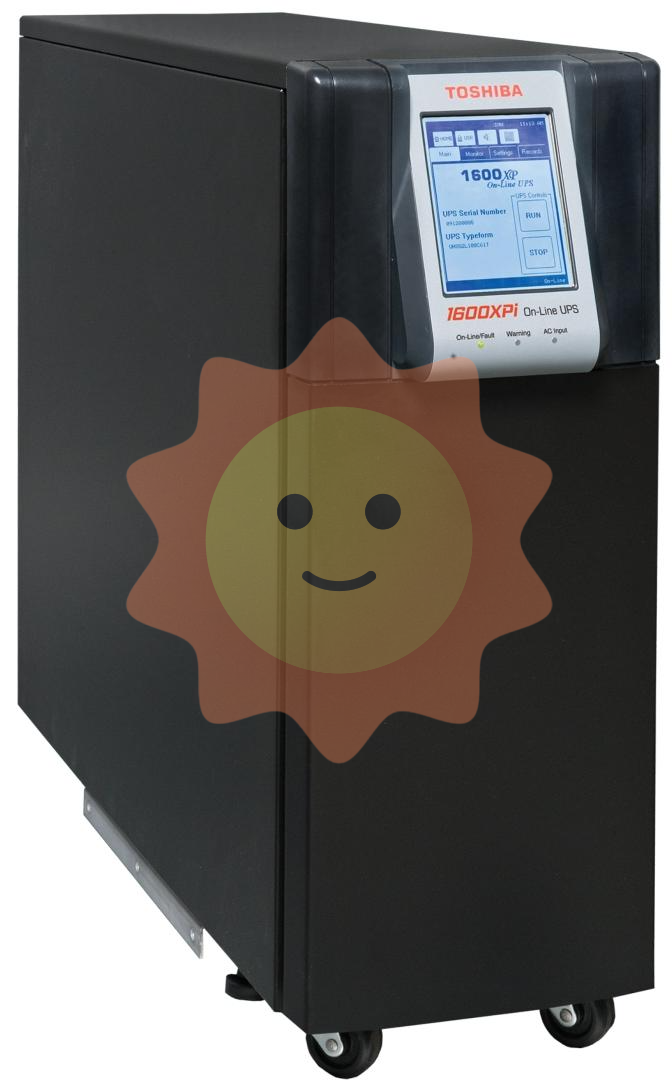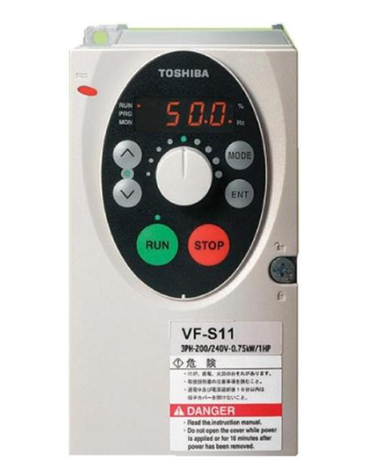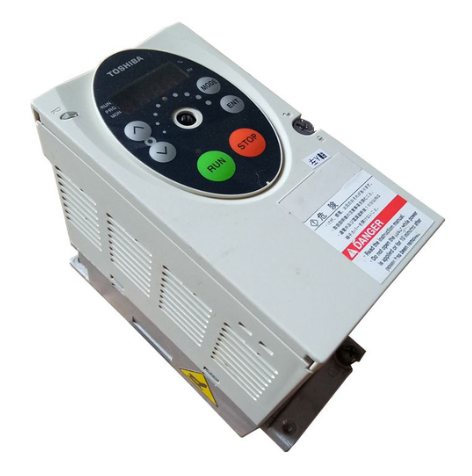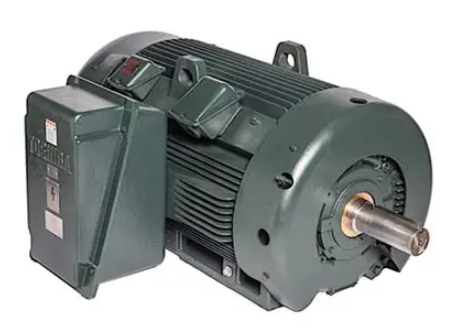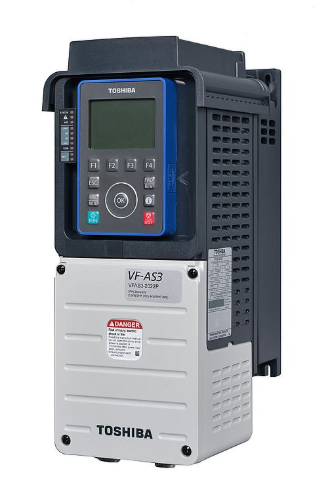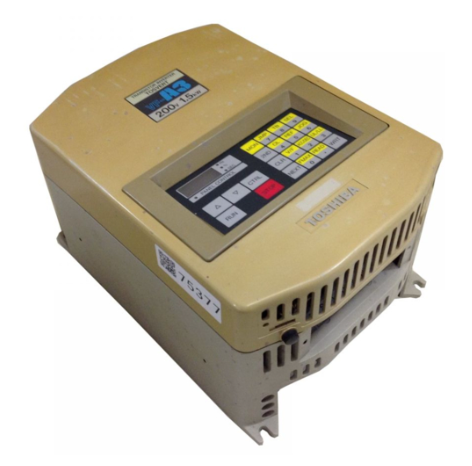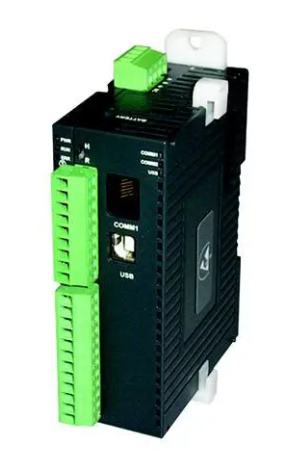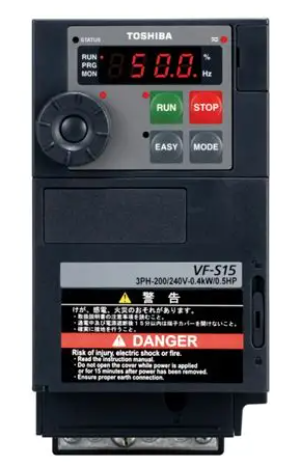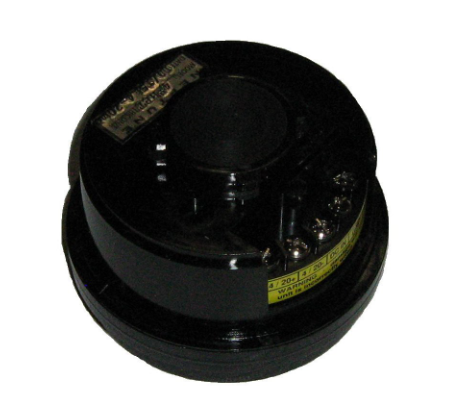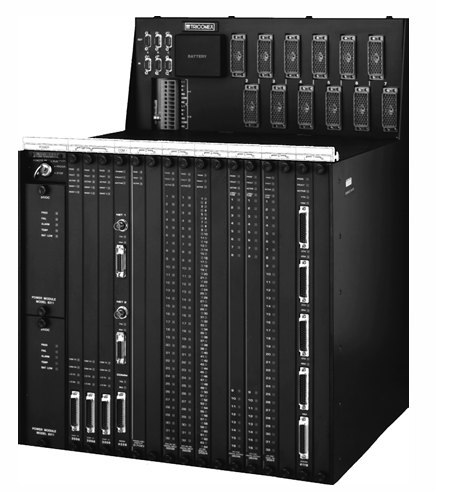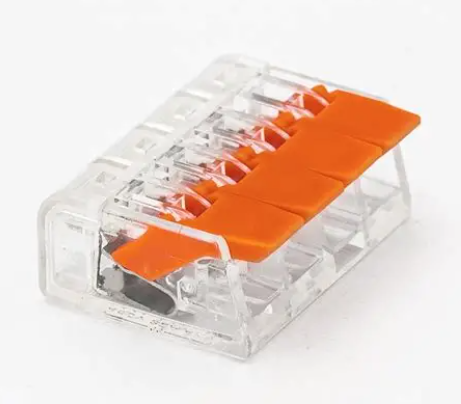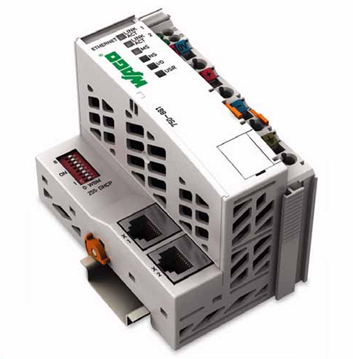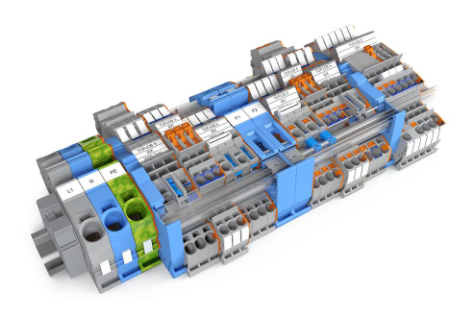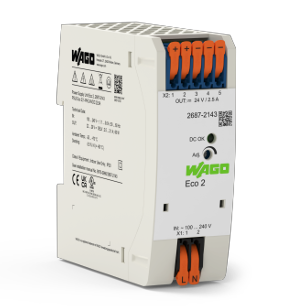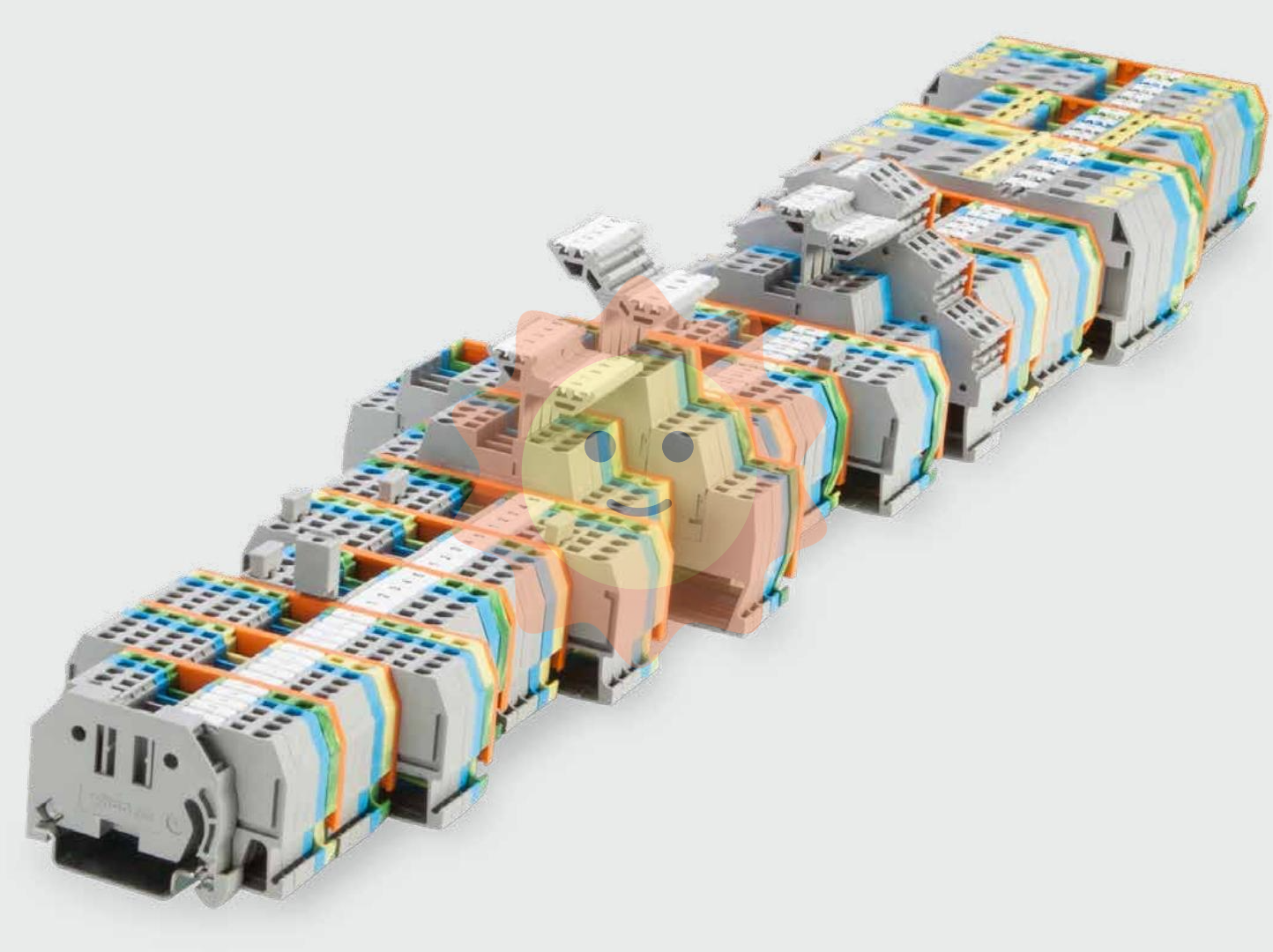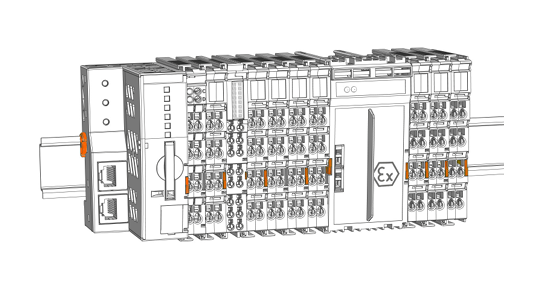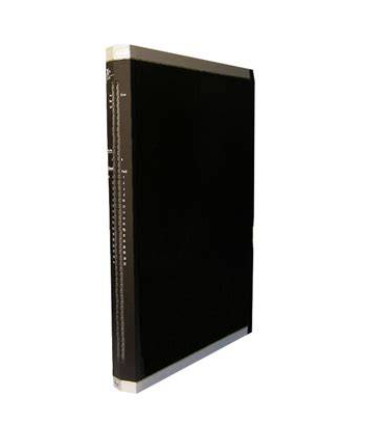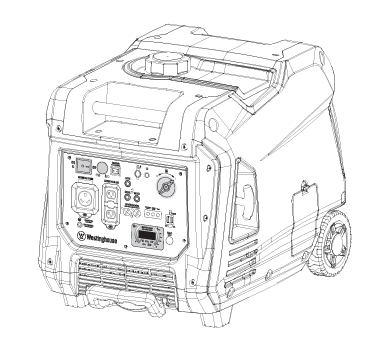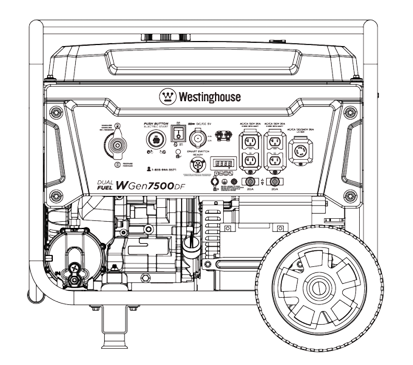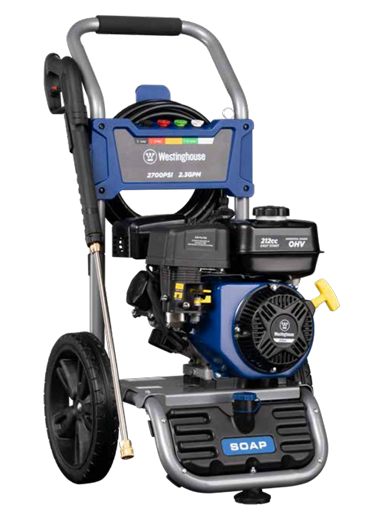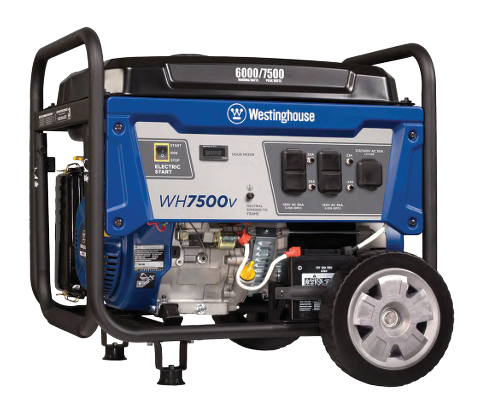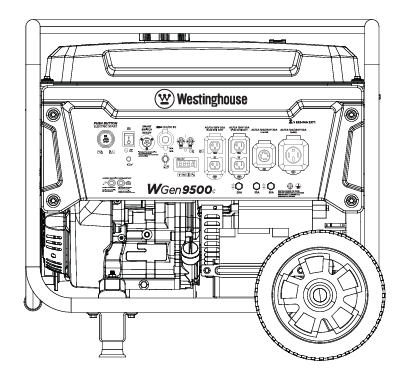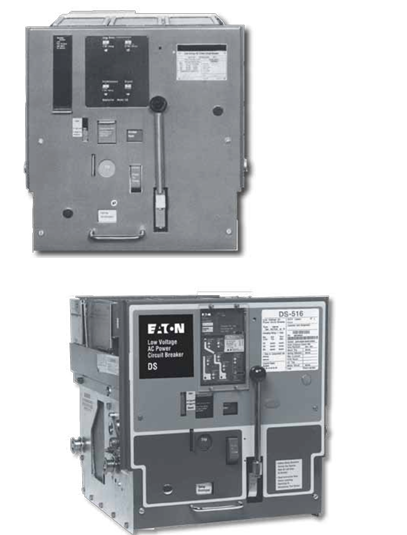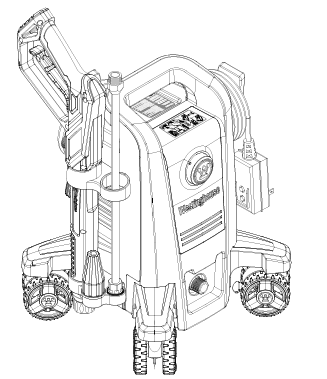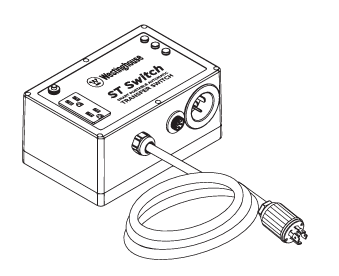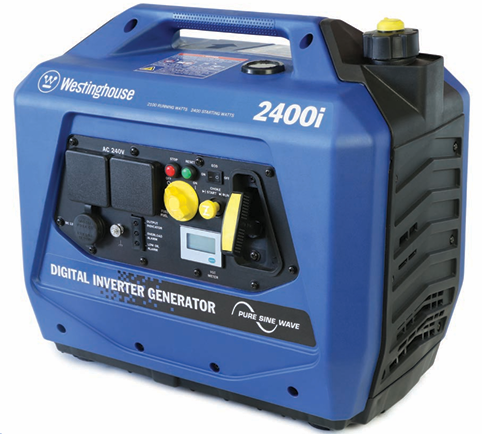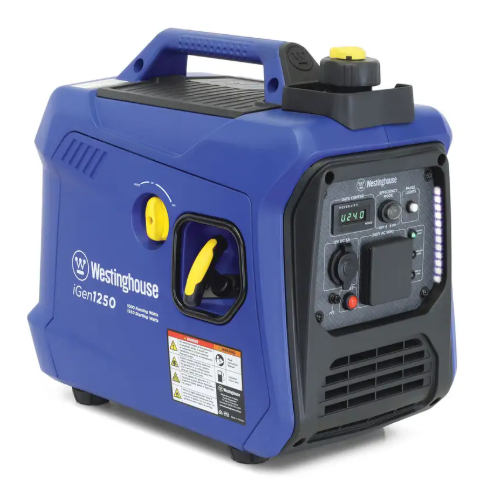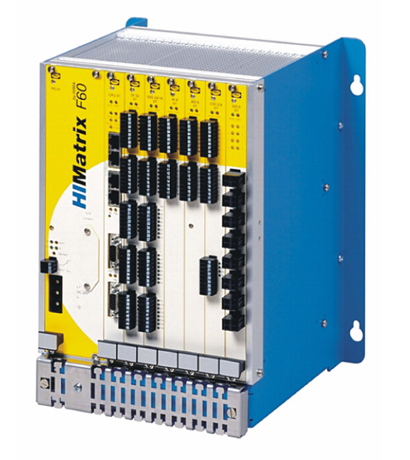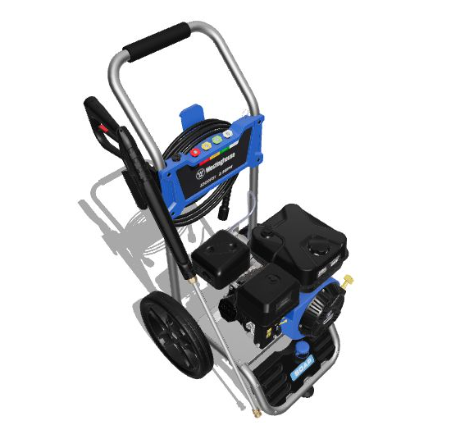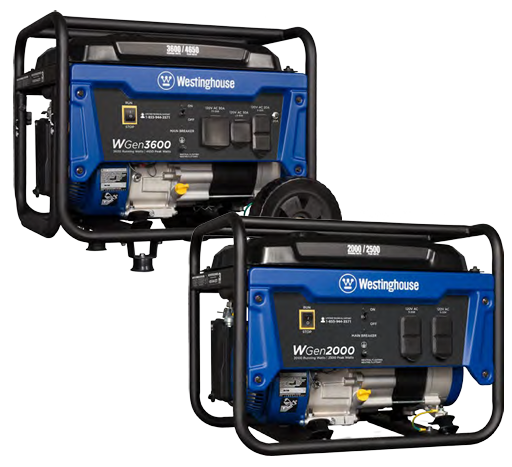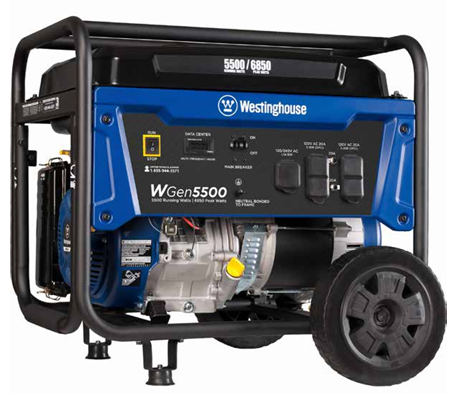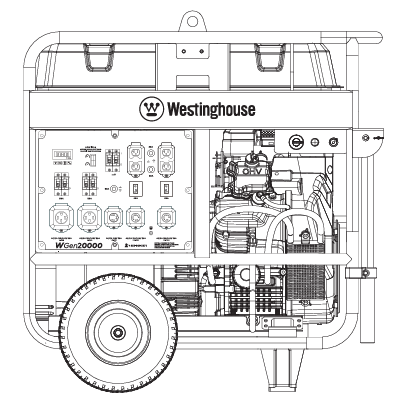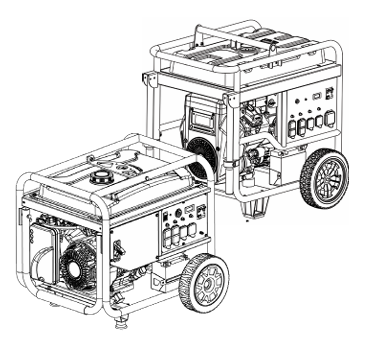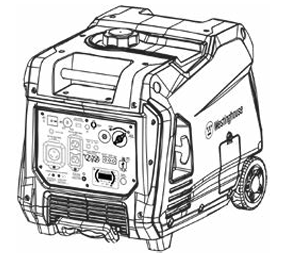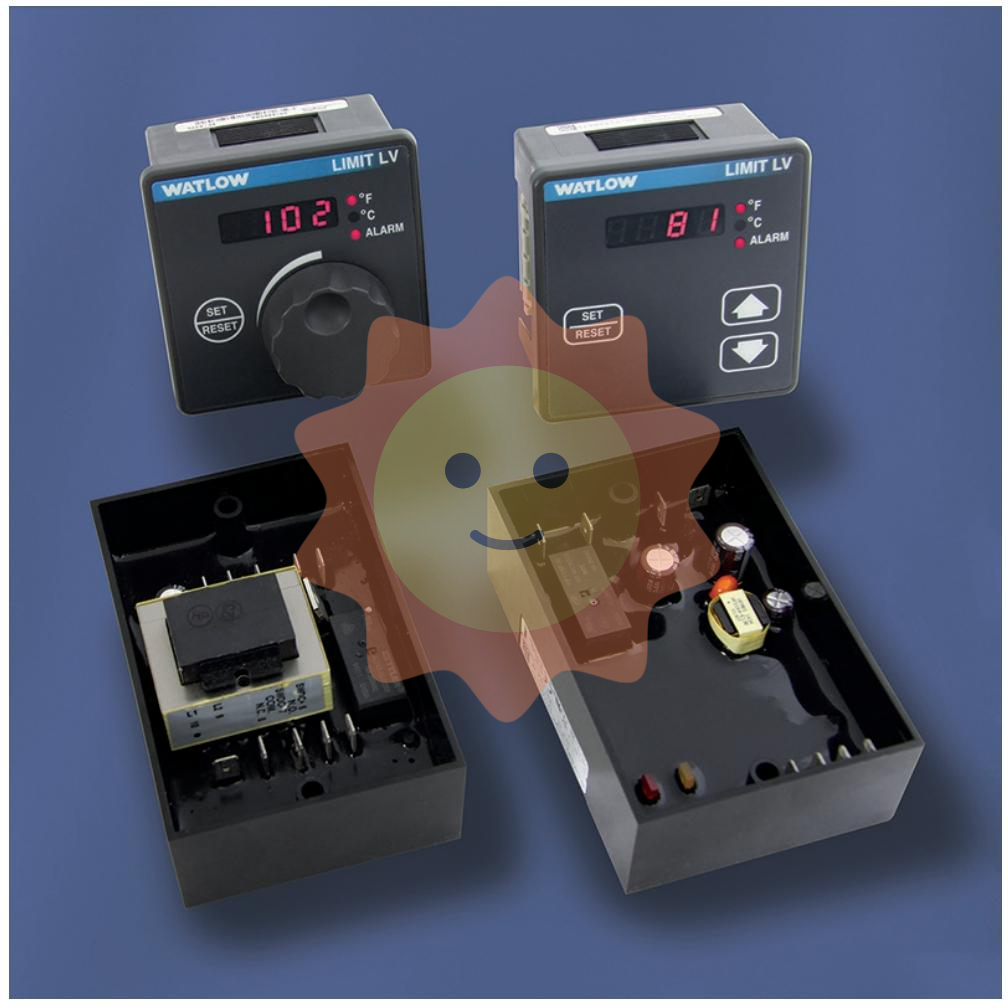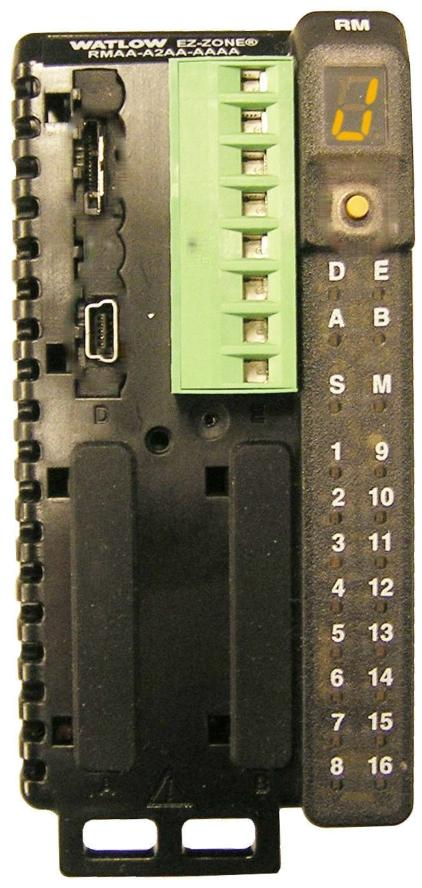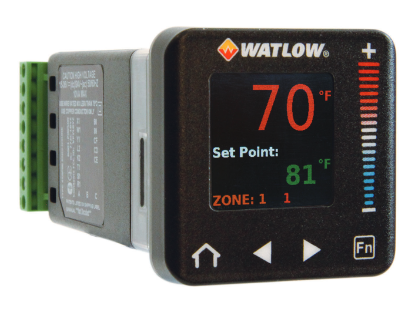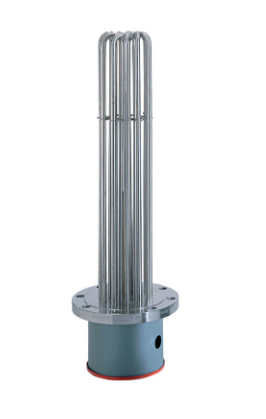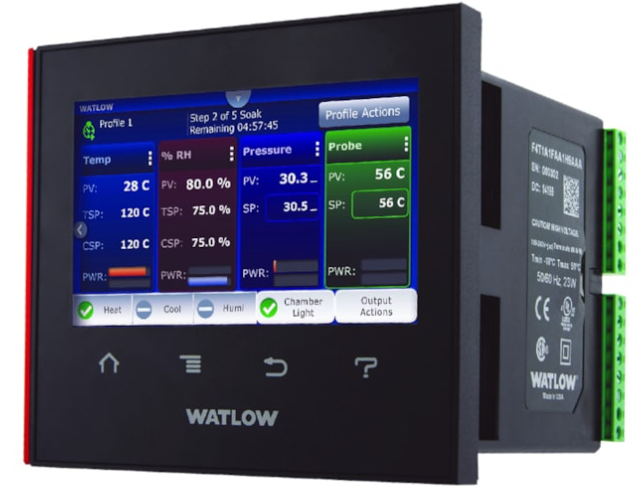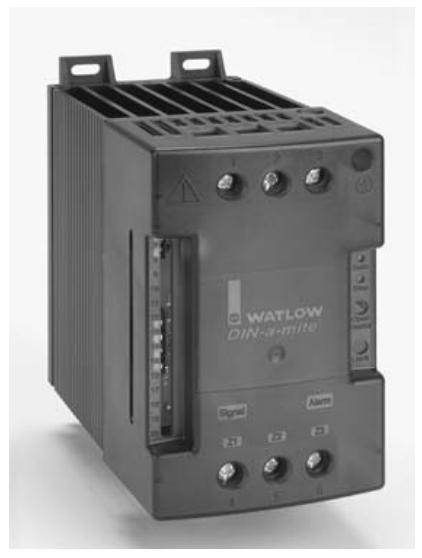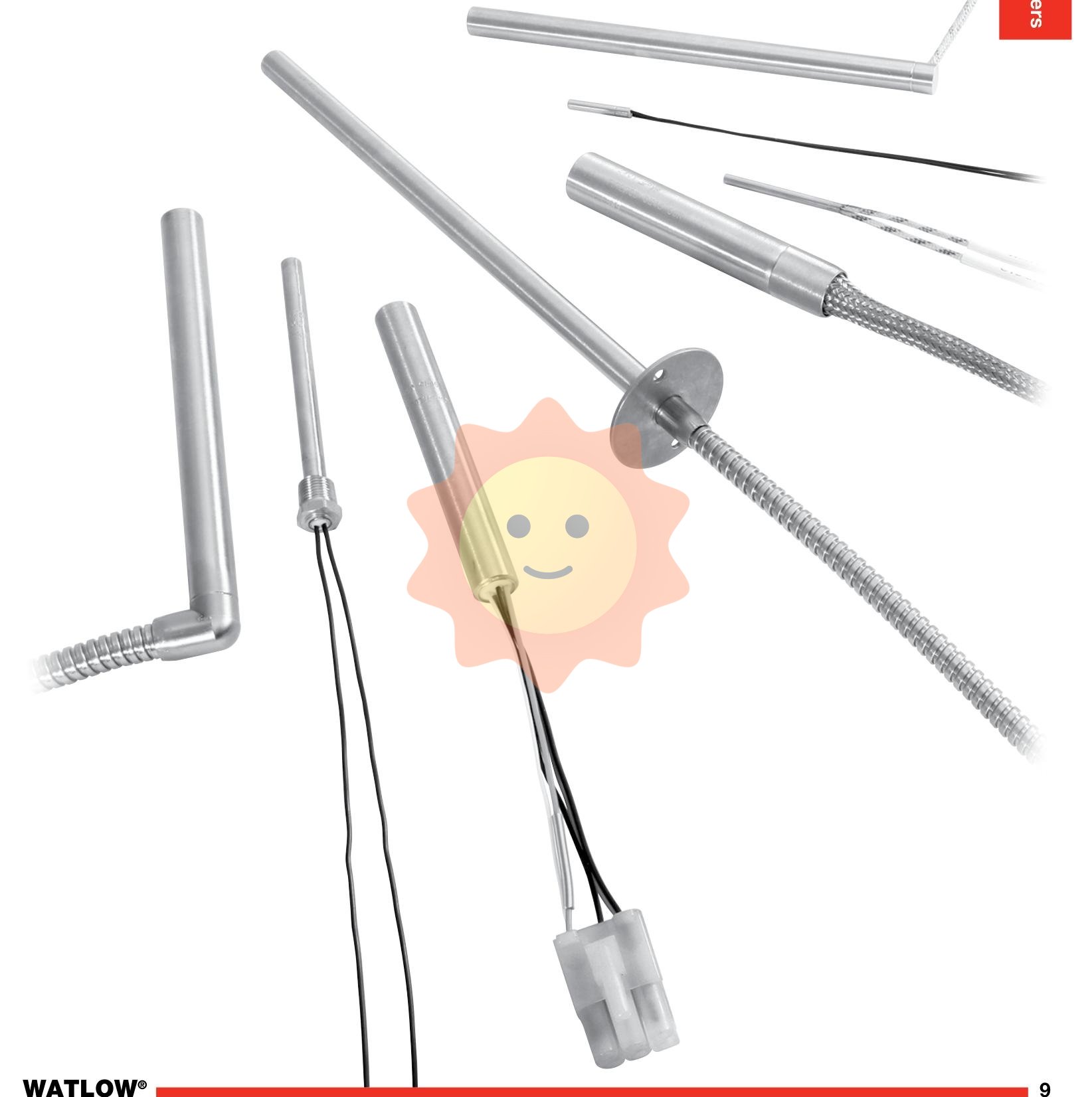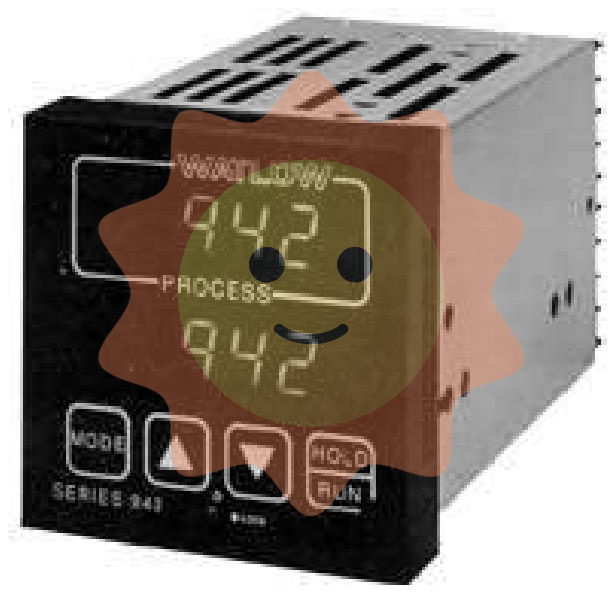BENTLY 330780-50-00 Proximitor Sensor
BENTLY 330780-50-00 Proximitor Sensor
Overview
The BENTLY 330780 - 50 - 00 Proximitor Sensor is a high - quality sensor designed for precise position and vibration monitoring in industrial machinery. It is part of BENTLY's comprehensive range of monitoring equipment used to ensure the reliable operation of critical assets.
Functionality and Working Principle
Proximity Sensing
The sensor operates based on the principle of eddy - current induction. When a metallic target (such as a rotating shaft) is in close proximity to the sensor tip, an eddy current is induced in the target. This eddy current creates a magnetic field that interacts with the sensor's own magnetic field, resulting in a change in the sensor's electrical characteristics. The sensor measures this change and converts it into an output signal that is proportional to the distance between the sensor and the target.
This allows for accurate and continuous monitoring of the position of the target object. For example, in a turbine monitoring system, it can precisely measure the position of the turbine shaft relative to the sensor housing, providing crucial information about shaft movement and vibration.
Output Signal Generation
The 330780 - 50 - 00 Proximitor Sensor generates an electrical output signal. This signal can be either an analog voltage or current signal, depending on the configuration and the requirements of the connected monitoring system. The output signal is typically linear with respect to the measured displacement. For instance, it might produce a voltage output that varies from 0 - 10V DC, with 0V corresponding to the minimum detectable displacement and 10V to the maximum displacement within its measurement range.
This output signal is used to convey information about the position and movement of the target to a monitoring device such as a vibration analyzer or a Programmable Logic Controller (PLC). The sensor's output is designed to be stable and reliable, with low noise and high accuracy to ensure precise measurement and monitoring.
Technical Specifications
Measurement Range
The sensor has a specific measurement range that defines the minimum and maximum distances it can effectively measure. The range is typically specified in millimeters. For example, it might have a measurement range from 0.25mm to 2mm, which is suitable for applications where small displacements need to be measured, such as in high - speed rotating machinery where even slight shaft movements are of importance.
The resolution of the sensor, which is the smallest change in distance it can detect, is also an important specification. It could be in the order of micrometers, enabling the sensor to provide very fine - grained position - monitoring capabilities.
Frequency Response
The frequency response of the sensor determines its ability to accurately measure dynamic changes in the target's position. It is specified in terms of the range of frequencies over which the sensor can provide useful output. For example, it might have a frequency response from a few Hz to several kHz. This range is designed to cover the typical frequencies of vibration and movement in industrial machinery, such as the rotational frequencies of shafts and the frequencies of associated vibration modes.
Environmental Specifications
The sensor is designed to operate in a wide range of industrial environments. The operating temperature range is an important parameter. It might be specified as - 20°C to + 70°C, for example, ensuring reliable performance in both cold and hot industrial settings.
The sensor also has a certain level of protection against environmental factors such as dust and moisture. It may have an Ingress Protection (IP) rating, such as IP67, which indicates that it is dust - tight and can withstand immersion in water up to a certain depth. This makes it suitable for use in harsh industrial conditions, such as in a chemical - processing plant or a paper - mill.
Applications
Power - Generation Equipment
In power - generation plants, the BENTLY 330780 - 50 - 00 Proximitor Sensor is used to monitor the condition of turbines and generators. It measures the shaft - position and - vibration to detect problems such as misalignment, unbalance, and bearing wear. By continuously monitoring these parameters, operators can take preventive - maintenance actions to avoid costly breakdowns and ensure the reliable generation of electricity.
Industrial Rotating Machinery
In various industries such as oil - and - gas, chemical - processing, and manufacturing, the sensor is applied to rotating equipment like pumps, compressors, and mixers. For example, in a refinery, it can monitor the position and vibration of pump shafts to ensure smooth operation and to predict potential failures. The accurate measurement of shaft position helps in maintaining the efficiency and reliability of these critical machines.
Automotive and Aerospace Manufacturing
In automotive and aerospace manufacturing processes, the sensor can be used to monitor the position and alignment of components during assembly and testing. In an automotive engine - assembly line, it can ensure the correct positioning of pistons and crankshafts. In aerospace applications, it can monitor the position of turbine - blades and other critical components in jet - engines, contributing to the overall safety and quality of the products.

- User name Member Level Quantity Specification Purchase Date
- Satisfaction :
-









Email:wang@kongjiangauto.com

